An elderly French woman was shocked after a masterpiece attributed to the 13th-century Italian painter Cimabue that was discovered in her kitchen sold for 24 million Euros (~$26.6 million) at auction. The painting is titled "Christ Mocked."
Stephane Pinta, a painting specialist with the Turquin gallery in Paris, said an auctioneer spotted the painting earlier this year while inspecting the woman's house in Compiegne in northern France and suggested she bring it to experts for an evaluation.
Art experts say it is probably part of a larger diptych that Cimabue painted in around 1280, of which two other panels are displayed at the Frick Collection in New York and the National Gallery in London.
Dominique Le Coent of Acteon Auction House, who sold the work to an anonymous buyer near Chantilly, north of Paris, said the sale represented a "world record for a primitive, or a pre-1500 work."
Le Coent said: "It's a painting that was unique, splendid and monumental. Cimabue was the father of the Renaissance. But this sale goes beyond all our dreams."

The painting's discovery has sent ripples of excitement throughout the art world, according to art experts. The auction was taking place near Chantilly, north of Paris, and it is expected that a major art museum could purchase it for four million to six million euros (around $4.4 milion to $6.6 million).
Until recently, the work hung on a wall between the kitchen and the dining room in a house in Compiegne. Its owner had considered it of little importance.
Le Coent said experts were off the mark because it was the first time a Cimabue had ever gone under the hammer.
"There's never been a Cimabue painting on sale so there was no reference previously on how much it could make," he explained.
The painting, titled "Christ Mocked," measures about 10in by 8in.
Specialists at the Turquin gallery initially examined the painting and concluded with “certitude" that it bore the hallmarks of Cimabue.
Cimabue, who taught Italian master Giotto, is widely considered the forefather of the Italian Renaissance.
He broke from the Byzantine style popular in the Middle Ages and began to incorporate elements of movement and perspective that came to characterize Western painting.
Pinta pointed to likenesses in facial expressions and buildings, as well as the painter's techniques for conveying light and distance.

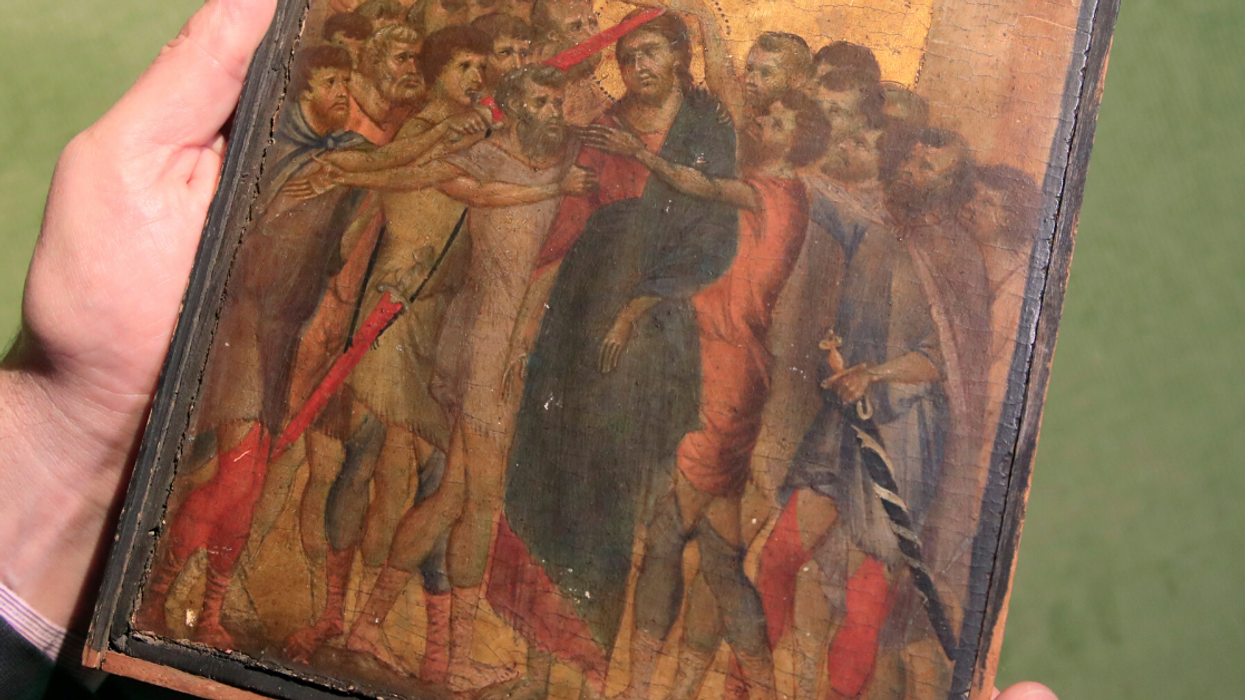











 breast cancer GIF by Baptist Health South Florida
breast cancer GIF by Baptist Health South Florida  Teddy Bear Doctor GIF
Teddy Bear Doctor GIF  feeling neck skin GIF
feeling neck skin GIF  praying GIF
praying GIF 
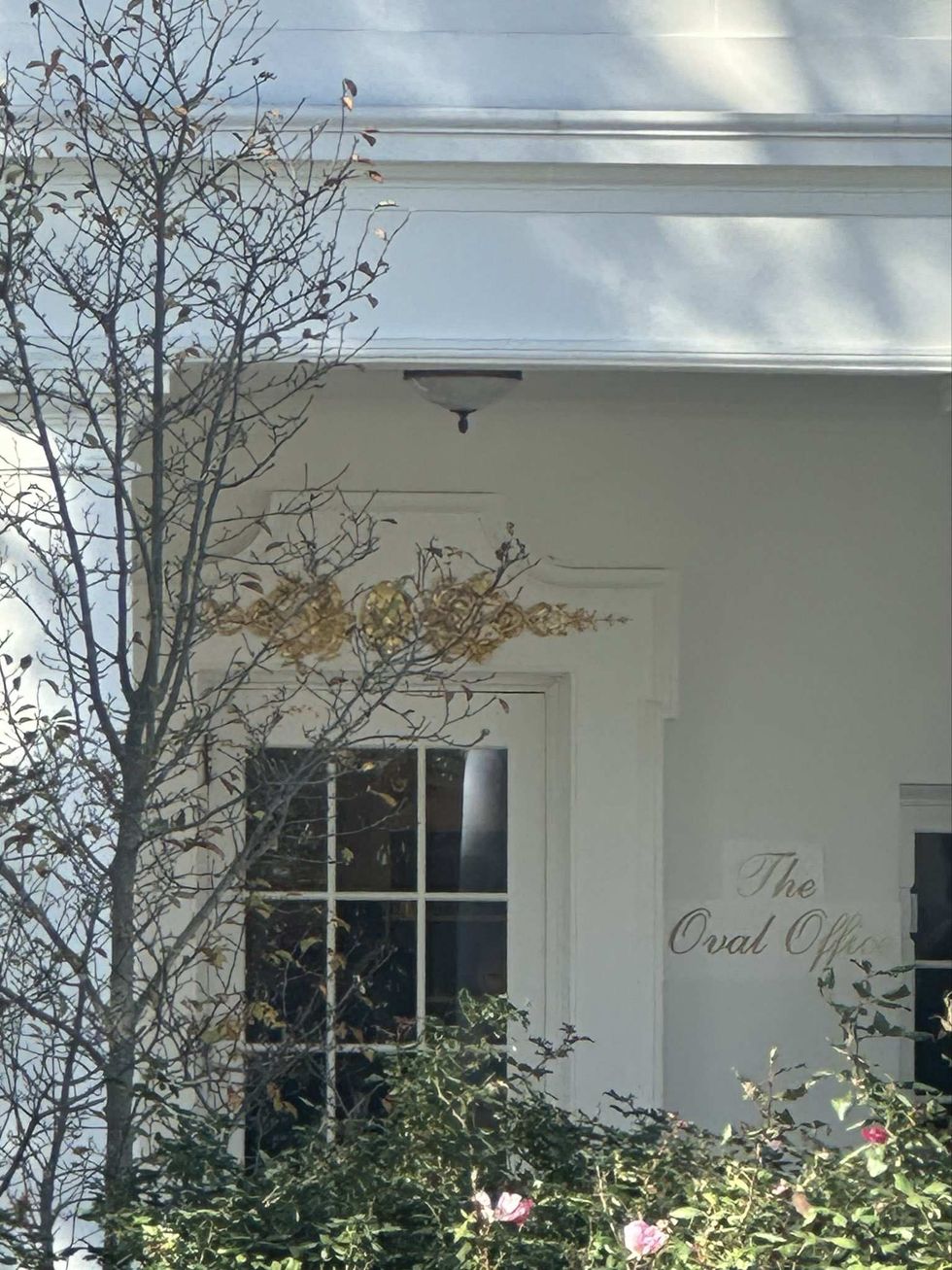 @kaitlancollins/X
@kaitlancollins/X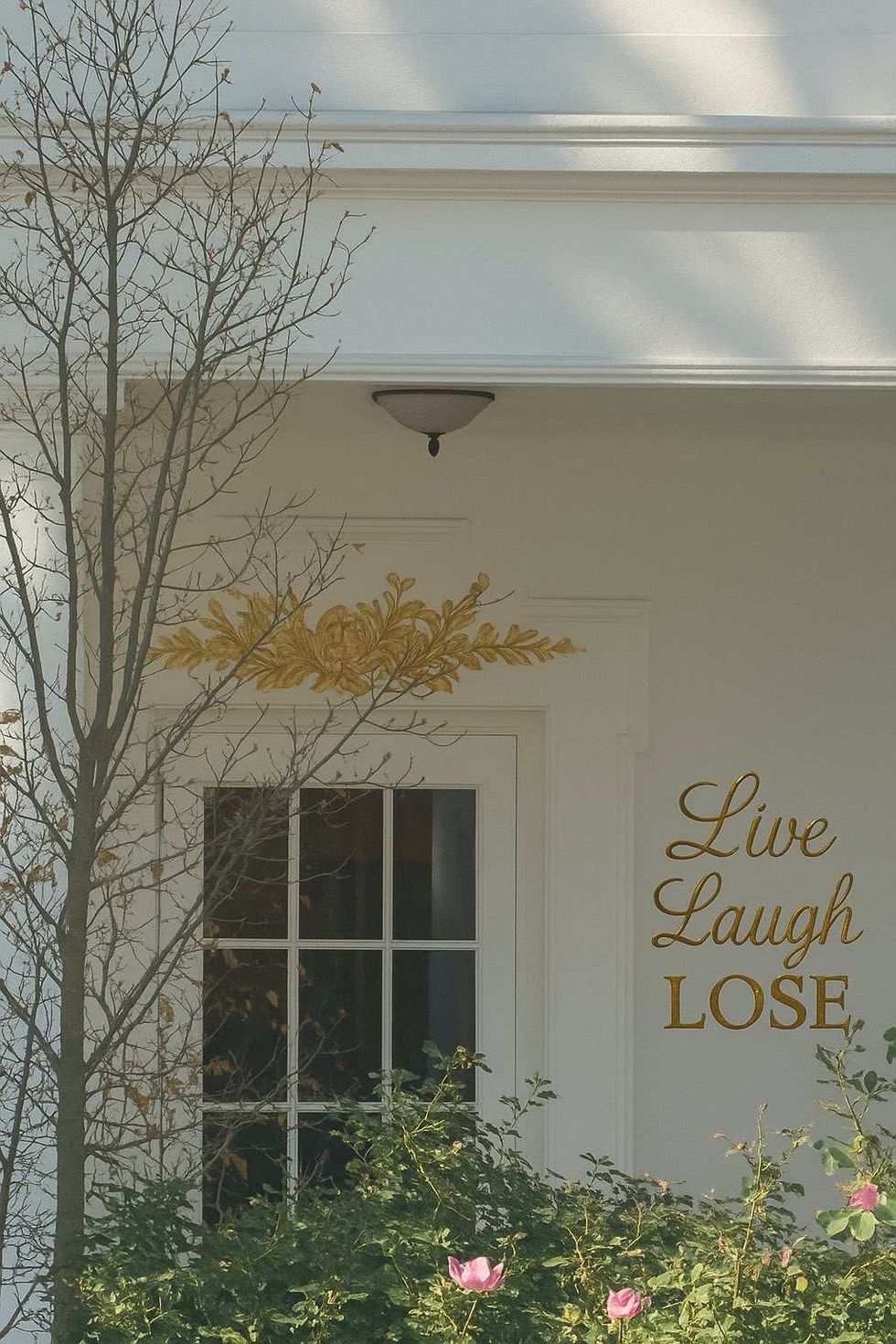 @GovPressOffice/X
@GovPressOffice/X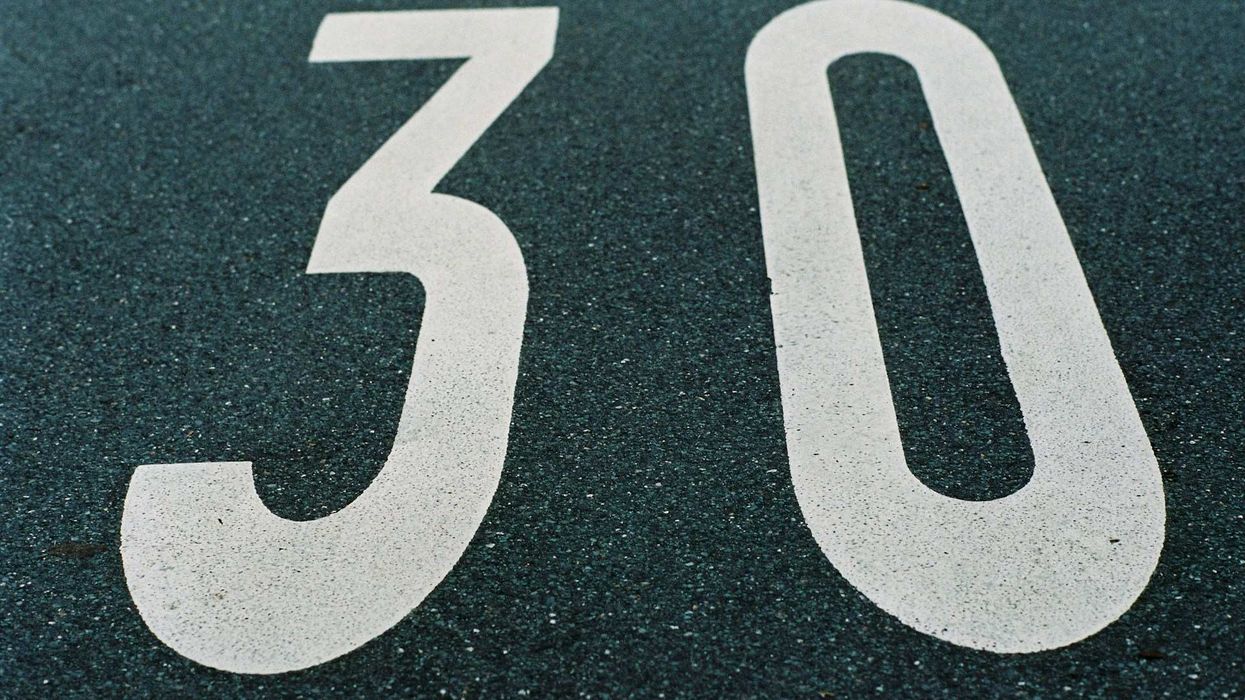
 Snail Ugh GIF by Sticker Book iOS GIFs
Snail Ugh GIF by Sticker Book iOS GIFs  Serious
Serious 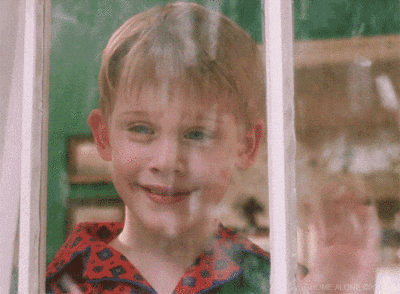 Home Alone Reaction GIF by 20th Century Fox Home Entertainment
Home Alone Reaction GIF by 20th Century Fox Home Entertainment  Cat Working GIF
Cat Working GIF 